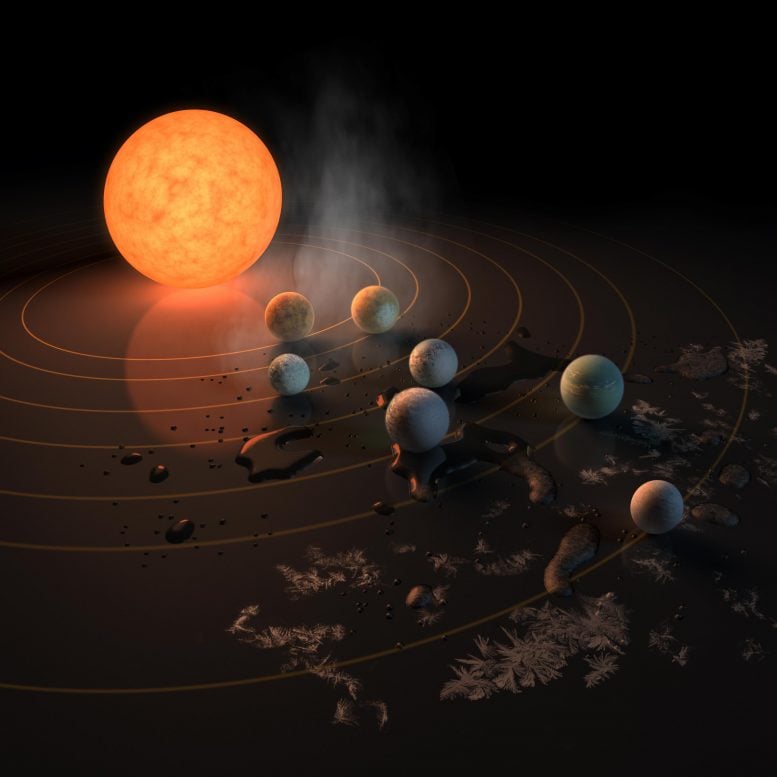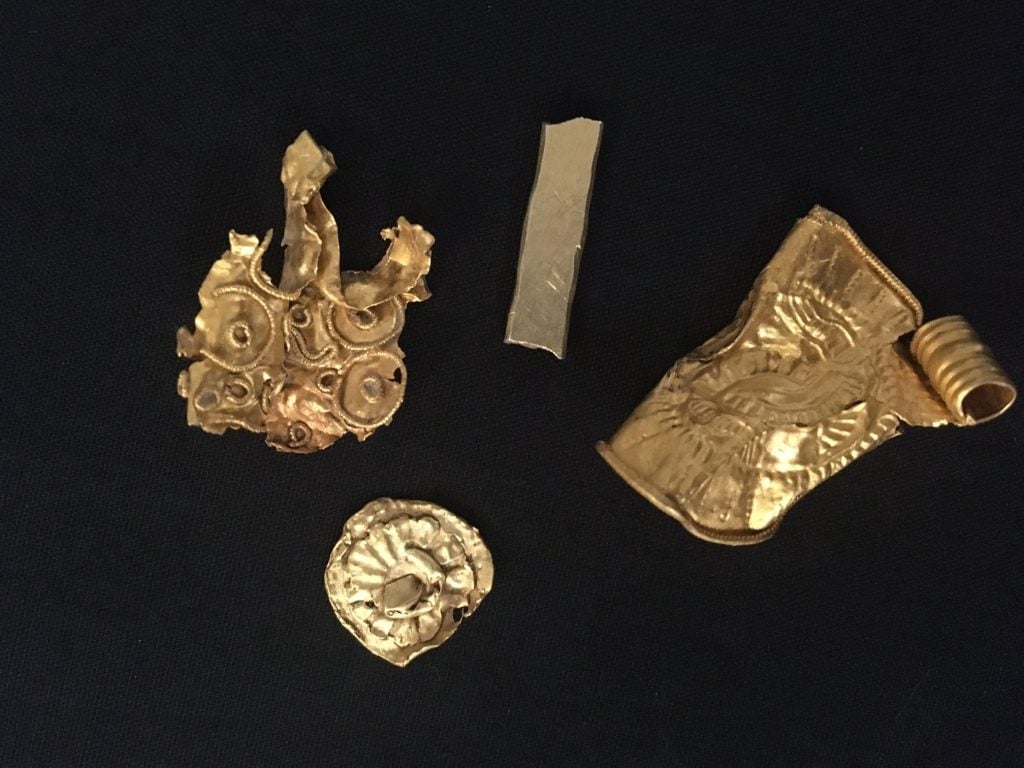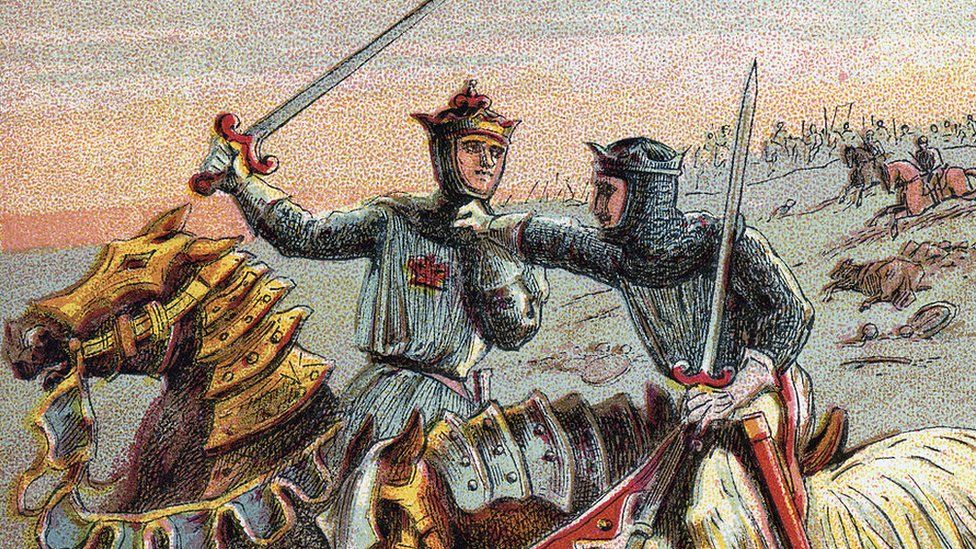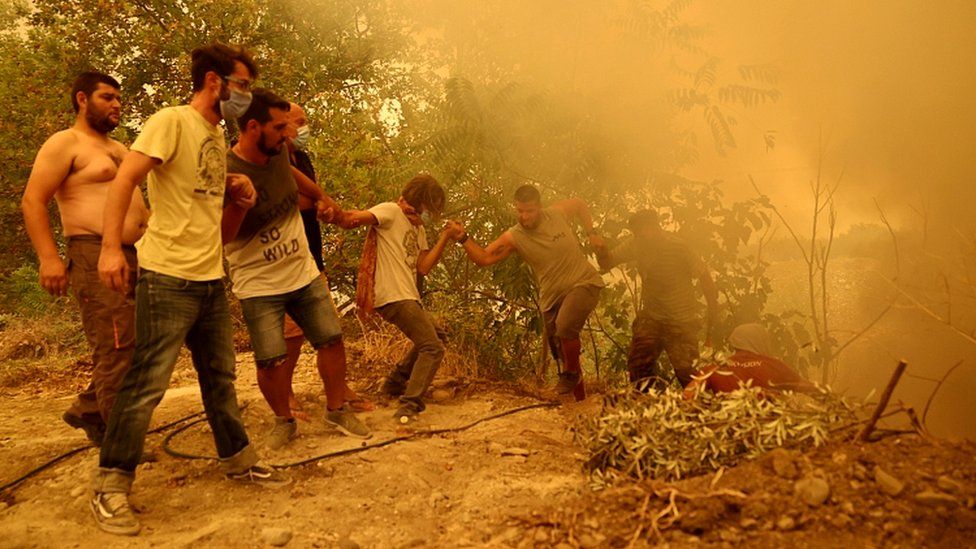 Image Credit : Archaeological Park of Pompeii
Image Credit : Archaeological Park of PompeiiArchaeologists conducting excavations at Pompeii’s Civita Giuliana have identified a room used by slaves.
Pompeii was a Roman city, located in the modern commune of Pompeii near Naples in the Campania region of Italy. Pompeii, along with Herculaneum, and many villas in the surrounding area was buried under 4 to 6 m (13 to 20 ft) of volcanic ash and pumice during the eruption of Mount Vesuvius in AD 79.
The villa of Civita Giuliana has been studied since 2017, with previous excavations unearthing several rooms, a servant’s quarters, and a ceremonial chariot and stable with harnessed horses.
In the latest series of excavations by the Archaeological Park of Pompeii, alongside the Public Prosecutor’s Office of Torre Annunziata, archaeologists found a room near to where the chariot was discovered, that is believed to be the humble lodgings of the slaves who carried out the everyday work in the Roman villa, including the maintenance and preparation of the chariot. READ MORE...




















